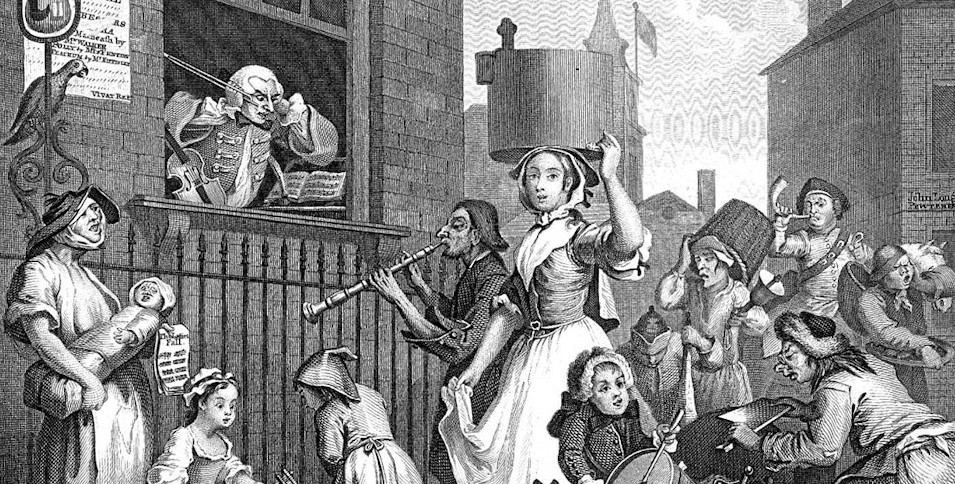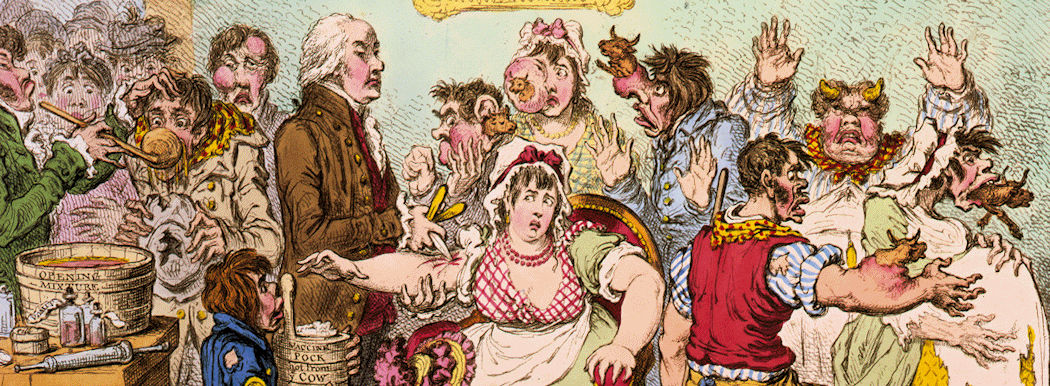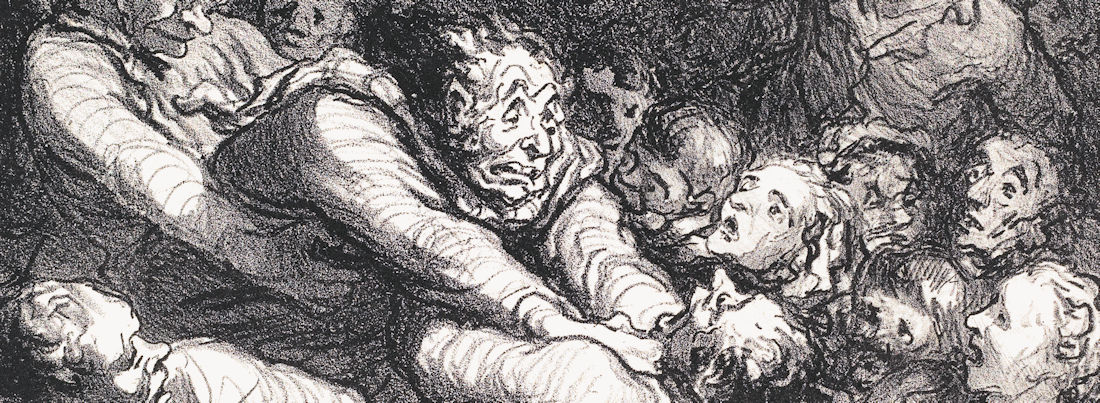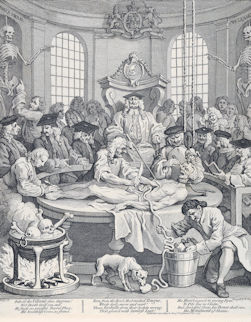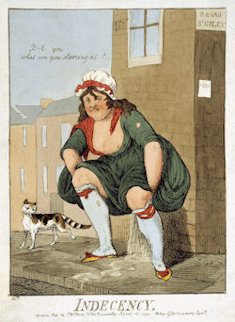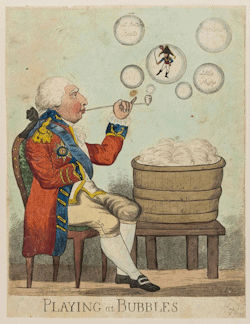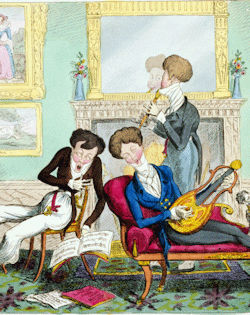Satire, generally, may be defined as the use of humor, irony, exaggeration, or ridicule to present (perhaps critically) human traditions, foibles, and vices in the context of contemporary political, economic, and other topical issues. The great English lexicographer, Samuel Johnson, defined satire as “a poem in which wickedness or folly is censured.” And while Johnson was particularly associated with the written word, I cannot imagine that he meant to exclude other art forms as messengers of social satire. In that regard, the mediums of painting, printing, sculpture, music (to mention a few) seem well-suited for social satire. In fact they all have a long histories in this arena.
Personally, I have found enjoyment in many of the British visual arts satirists (notably through caricature) of the 18th and early 19th centuries. Those artists include Thomas Rowlandson, Arthur Pond, William Hogarth, Isaac Cruikshank (and, later, his sons, Isaac Robert and George), James Gillray, Thomas Patch, and James Sayer (s). In has been said that if Hogarth was the Grandfather of comic-strip like social satire (what he called "modern moral subjects"), then Gillray was the "father of the political cartoon." Isaac Cruikshank, James Gillray, and Thomas Rowlandson were considered the leading caricaturists during this period. This period has been chacterized as the "Golden Age of British Caricature."
During the late 18th century, there was an enormous amount of propaganda in Europe due to changing balance of power in Europe. This changing balance was in measure reflected in and precipitated by the French Revolution. In Great Britian, during this period of economic hardship, the Monarchy was also being highly criticized of debauchery. Political caricature and graphic satire became a prominent outlet for mass propaganda to express competing perspectives on political and economic issues. The revolution also triggered feelings and expressions of patriotism towards artists' home countries which they depicted by shedding a grotesque light on their countries' enemies. In this regard, James Gillray and Isaac Cruikshank developed the figure of John Bull, the nationalistic representation of the solid British yeoman.
The "Art Gallery" section of this website (Menu link, upper right), includes individual galleries for Gillray, Hogarth, Isaac Cruikshank that present some of their work. Rowlandson is not in the art gallery yet. However, his artwork on the cries of london (London street vendors) may be found in the "Cries" section.
There is nothing definitive in these galleries; it is exposure. Each gallery also includes links to additional resources on these artists, their art forms, and the times in which they worked.
Enjoy.




















